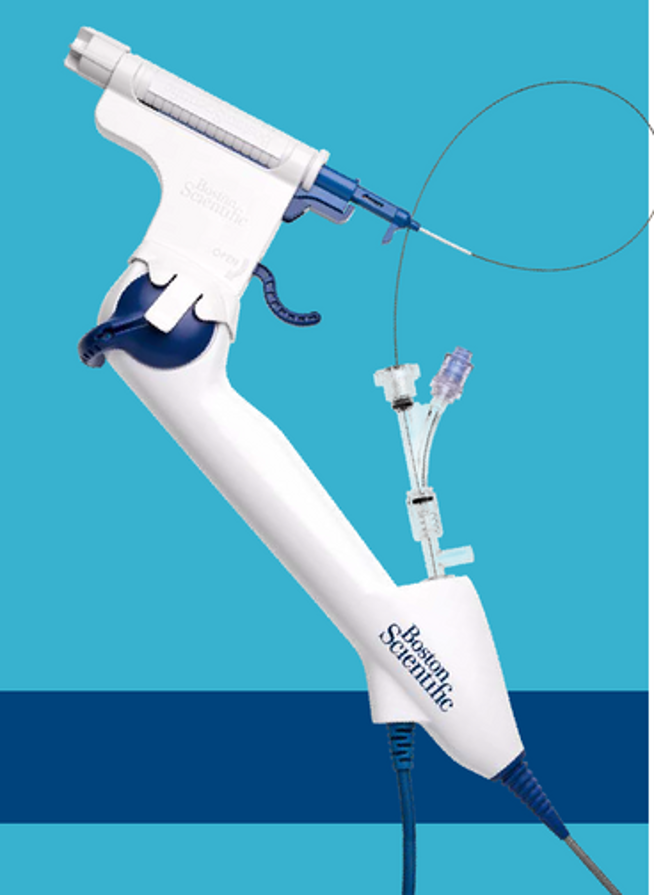*Estudio del flujo quirúrgico y la relación con los errores quirúrgicos en el ámbito de la cirugía cardiovascular. Cálculo realizado por Boston Scientific utilizando los datos publicados del estudio: 28 errores debido a que el equipo tuvo dificultades con la intervención o la técnica, de un total de 61 errores que no se observaron inmediatamente más 87 que sí se observaron inmediatamente = 28/(61+87) = 18,9 %.
Referencias
1. Ibrahim A, et al. Double-Blinded Prospective Randomized Clinical Trial Comparing Regular and Moses Modes of Holmium Laser Lithotripsy. J Endourol. 2020 May;34(5):624‐8.
2. Hajiha M, et al. The Effect of Operative Field Instrument Clutter During Intraoperative Fluoroscopy on Radiation Exposure. J Endourol. 2019;33(S1):A239‐A40
3. Joice GA, et al. Ergonomics and procedure time of novel retrieval deployment device for single surgeon ureteroscopy. Abstract presented at EUS Annual Meeting, May 18, 2018, San Francisco, CA.
4. Cvetic E. Communication in the perioperative setting. AORN J. 2011 Sep;94(3): 261-70.
5. Gillespie BM, et al. Interruptions and miscommunications in surgery: an observational study. AORN J. 2012 May;95(5): 576-90.
6. Clark CM, et al. Promoting Civility in the OR: An Ethical Imperative. AORN J. 2017 Jan;105(1): 60-6
7. Datos en los archivos de Boston Scientific.
8 .Wiegmann DA, et al. Disruptions in surgical flow and their relationship to surgical errors: An exploratory investigation. Surgery. 2007;142(5):658-665.
9.Sexton JB, et al. Error, stress, and teamwork in medicine and aviation: cross sectional surveys. BMJ. 2000 Mar 18;320(7237):745-9
10. Matlaga B. Moving from four hands to two during flexible ureteroscopy with stone manipulation. Abstract presented at the World Congress of Endourology, 2018, Paris
11. Bechis SK, et al. Transl Androl Urol. 2017 Dec;6(6):1144-1149.
12. Ofstead C et al. The American Journal of Infection Control. 2017 May 4. pii: S0196-6553(17)30238-9.
















